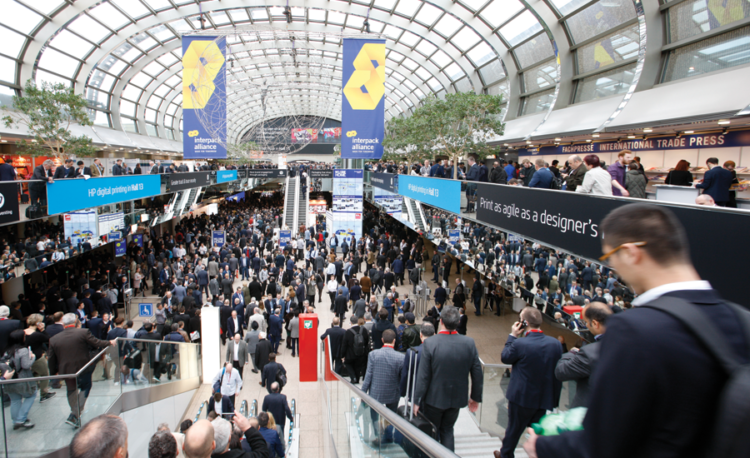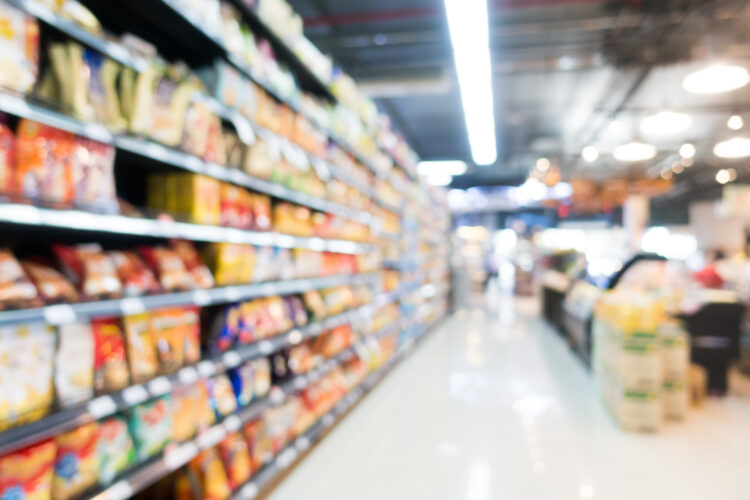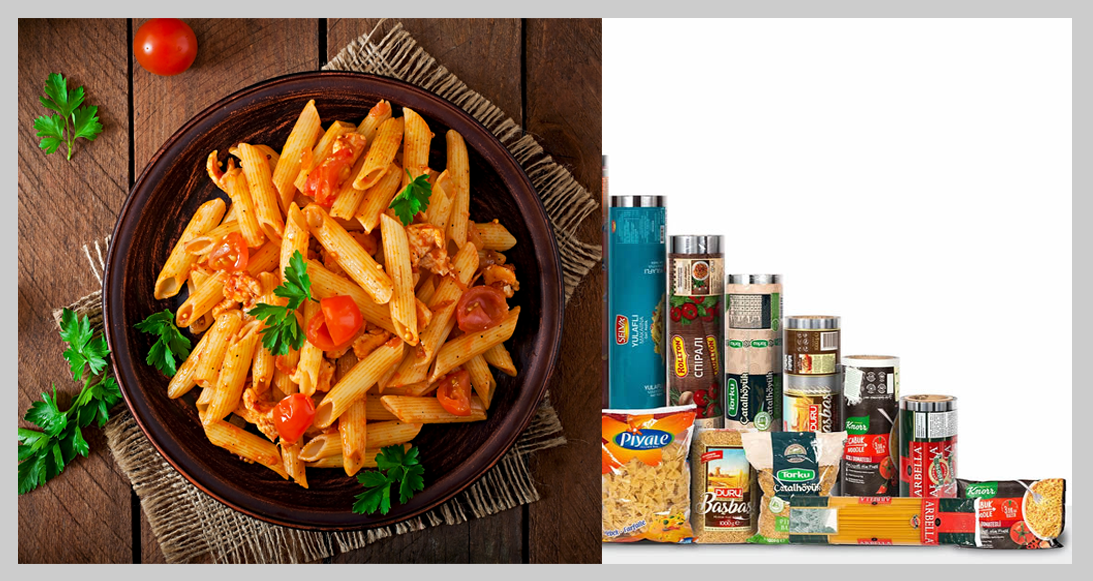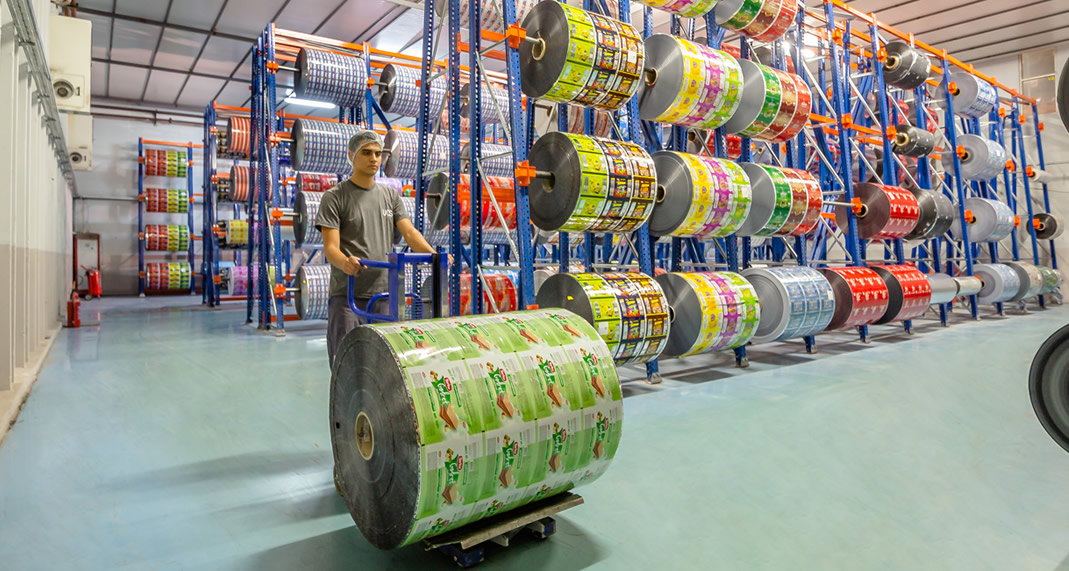Sustainable Packaging

Sustainable Packaging
Environmentally friendly initiatives are gaining more and more importance in packaging as in all areas of our lives. Sustainable packaging, which was preferred by very few companies in the world until a few years ago, has now become the "new normal". Many people and institutions prefer environmentalist alternatives in the packaging process, as in the products.
Sustainable Packaging for a Livable World
According to the United Nations, if the world's population exceeds 9 and a half billion by 2050, we will need two more "worlds" to sustain our lives with current practices. This shows that we have to change something now. Because we only have one habitable planet, everyone needs to play a role in protecting the environment.
For this purpose, the most important thing a producer who wants to be environmentally friendly can do is to use sustainable packaging. If you sell goods to consumers in any industry, you will likely use many different materials when packaging and shipping products. Choosing environmentally friendly packaging materials and processes will be very beneficial in minimizing waste and pollution in our world.
What is Sustainable Packaging?
Sustainable packaging means sourcing, developing and using packaging solutions with minimal environmental impact. Simply put, sustainable packaging is environmentally friendly and does not cause further depletion of natural resources. According to the Sustainable Packaging Coalition (SPC), it has presented the following 8 criteria for packaging to be considered sustainable:
- It is beneficial, safe and healthy for individuals and communities throughout its lifecycle.
- Meets market benchmarks for performance and cost.
- It is procured, produced, transported and recycled using renewable energy.
- It optimizes the use of renewable or recycled source materials.
- Manufactured using clean production technologies and best practices.
- Made from healthy materials throughout its life cycle.
- It is physically designed to optimize material and energy.
- It is effectively recovered and used in biological and/or industrial closed-loop cycles.
Advantages of Sustainable Packaging
We've talked a lot about sustainable packaging solutions and the different strategies that go along with it, but what exactly comes from eco-friendly packaging?
Advantages of Sustainable Packaging
Sustainable packaging provides several advantages for your company as well as being environmentally friendly:
Customer loyalty
Being more sustainable can help you get more customers and increase customer loyalty early on. Research has shown that consumers increasingly consider sustainability when choosing which brands to do business with. A survey of 1,000 US consumers by CGS showed that almost 70% of respondents viewed sustainability as at least “somewhat important” and almost half (47%) were willing to pay 25% more for sustainable products. Another study found that 48% of consumers are willing to change their consumption habits to reduce their impact on the environment. In the same research, it is stated that sustainable product sales in the USA have increased by approximately 20% since 2014 and that sales will reach 150 billion dollars next year.
Lower Storage Cost
Reducing packaging materials and minimizing waste are two major components of sustainable packaging. When these are applied correctly, they provide more efficient storage for companies. So you can limit the space required to host your products. The result will be a noticeable reduction in your storage costs.
Lower Shipping Cost
As mentioned earlier, sending smaller packages is an effective way to implement maintainability. As a result, your shipping costs will also be significantly reduced. There is a significant shipping cost difference between a 15x15x15 cm shipment and a 10x10x10 cm shipment.
Sustainability in Flexible Packaging
Flexible packaging has a wide area of use in our country as well as all over the world. When it comes to flexible packaging, the first products that come to mind are, of course, chips, cookies and chocolate. Apart from these, flexible packaging is used in biscuit types, frozen foods, pet foods and many other products.
ÜÇSA Ambalaj, which has environmental awareness in every field from manufacturing to R&D, plays a leading role in the sustainability flexible packaging sector in our country. You can obtain both environmentally friendly and high quality flexible packaging types and sustainable packaging with ÜÇSA quality for your company.
Sustainable Packaging Blog








